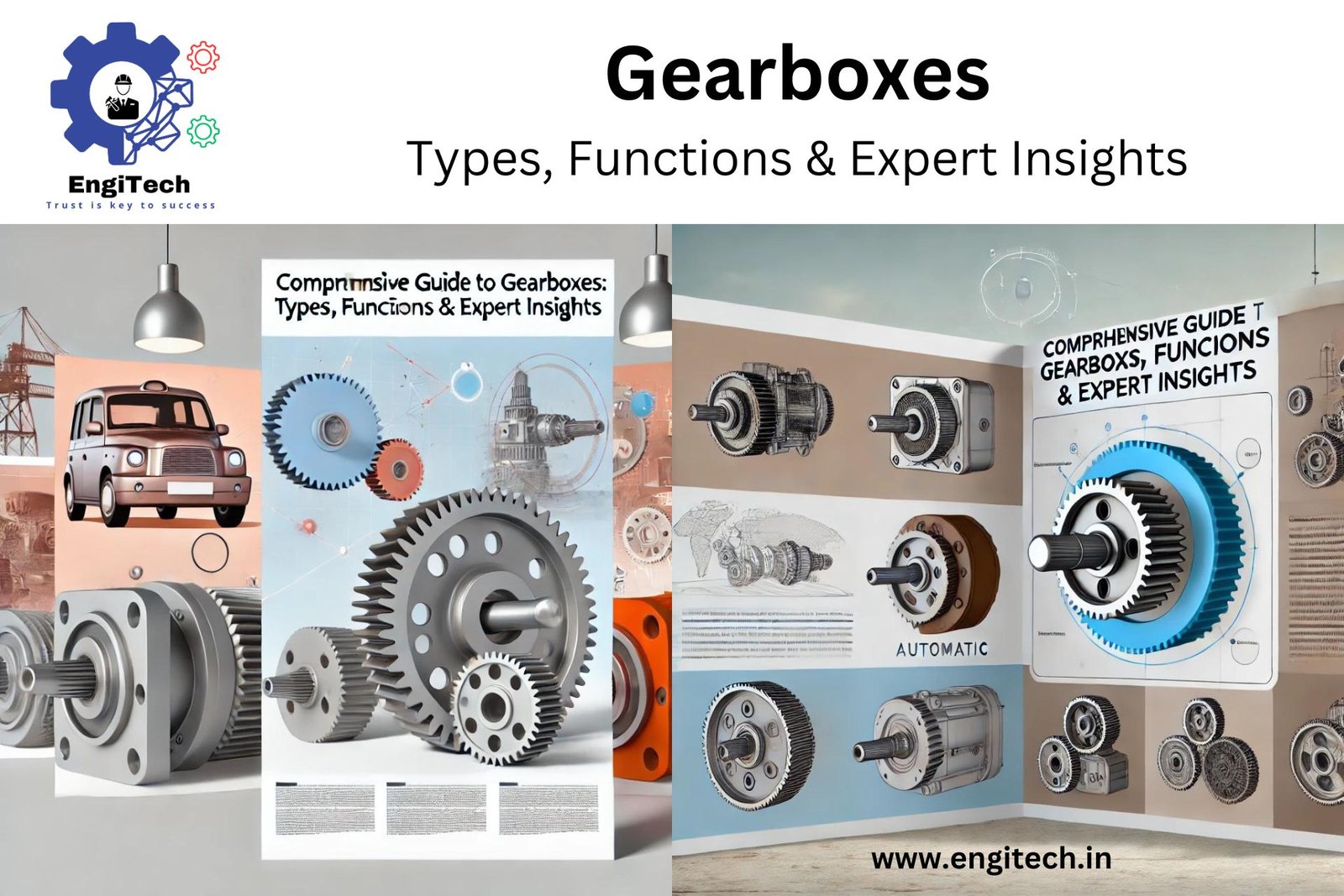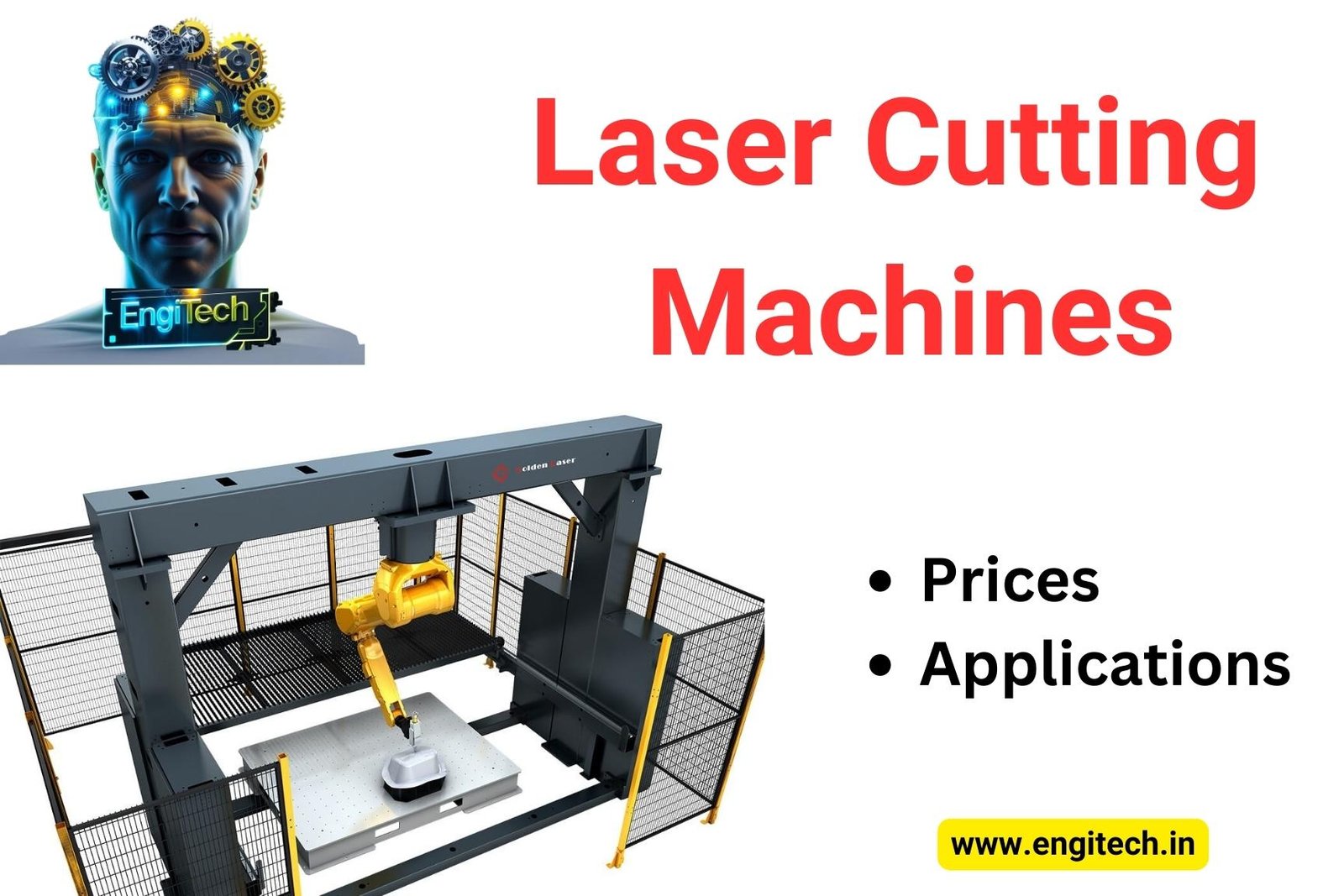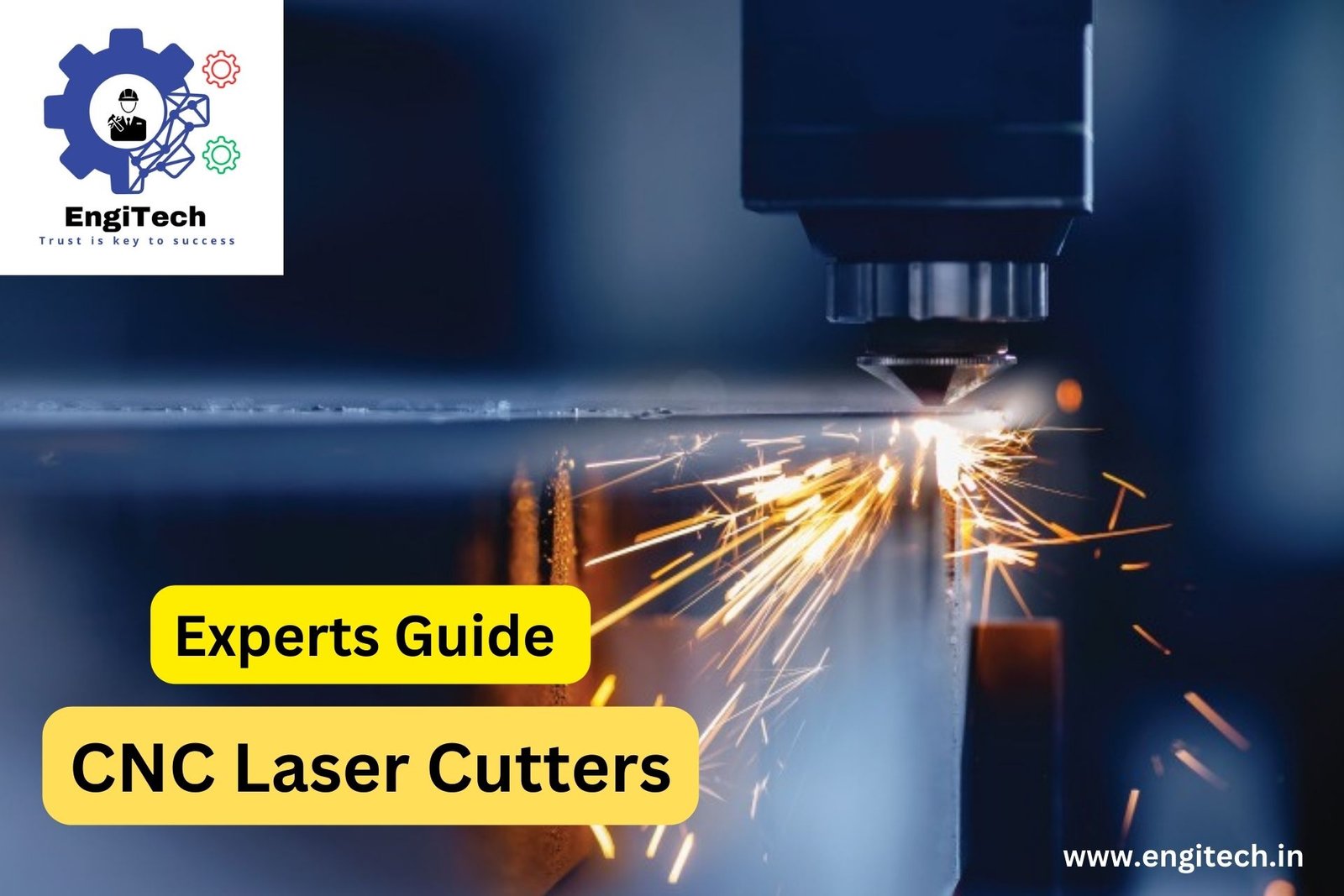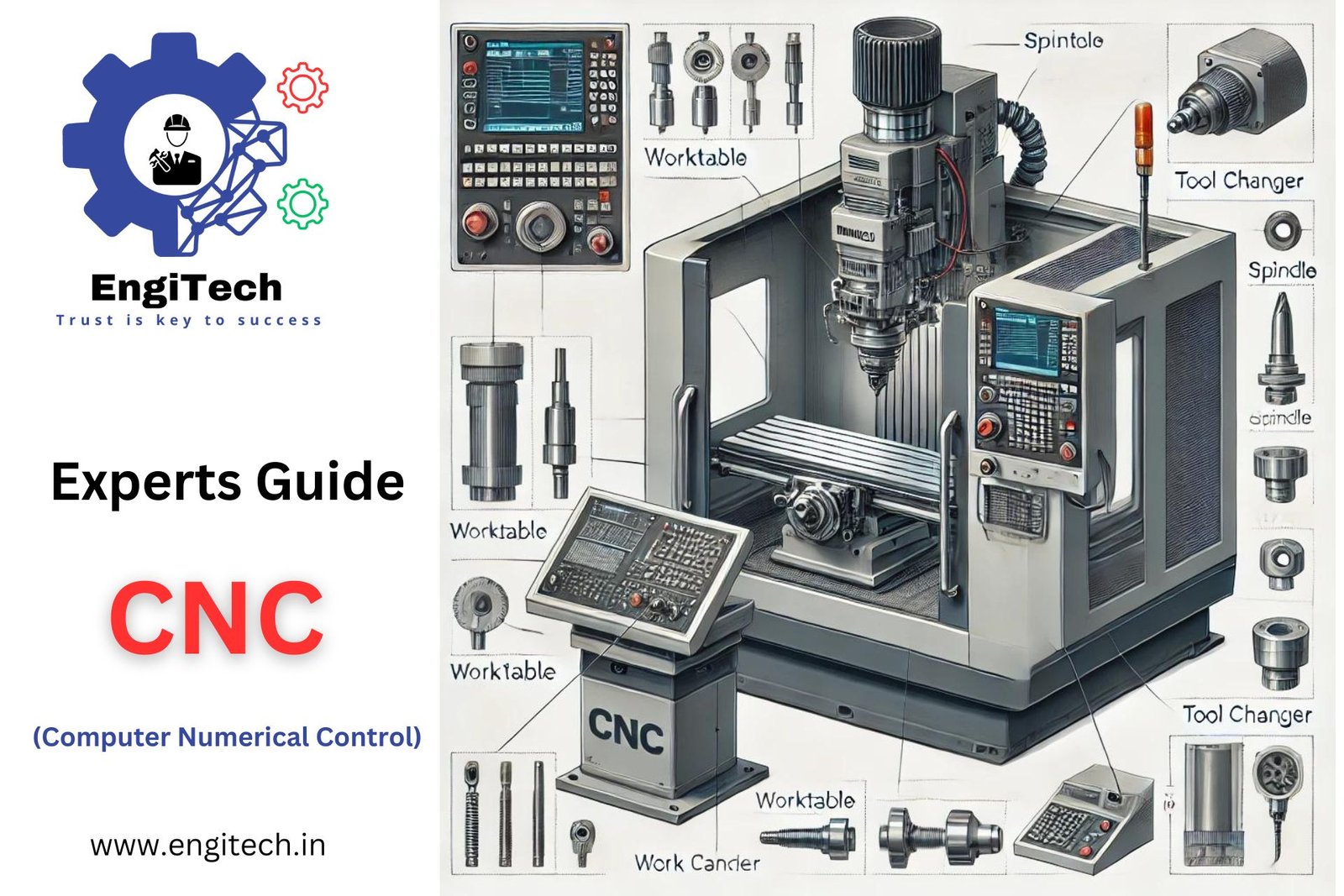A Comprehensive Guide to Gearboxes: Types, Functions, and Expert Insights

Gearboxes, essential components in various mechanical systems, play a critical role in transmitting power and controlling speed and torque. Found in industries such as automotive, manufacturing, and aerospace, gearboxes are vital for the efficient operation of machinery. This comprehensive guide explores the intricacies of gearboxes, covering their types, functions, applications, and expert insights. We will delve into the essential knowledge and practical tips that every learner and professional should know.
What is a Gearbox?
A gearbox, also known as a transmission, is a mechanical device that uses gears and gear trains to provide speed and torque conversions from a rotating power source to another device. The primary function of a gearbox is to adjust the speed and torque of an engine or motor to meet the specific requirements of a machine or application. Gearboxes can either increase or decrease speed and torque, depending on the configuration and design.
Types of Gearboxes
Manual Gearboxes
Manual gearboxes, commonly used in vehicles, require the driver to manually shift gears using a clutch and gear stick. This type of gearbox offers greater control over the vehicle’s speed and power distribution. The manual gearbox is prized for its durability and efficiency, especially in performance vehicles where precision is key.
Manual gearboxes consist of several key components: the clutch pedal, the gear lever, and the transmission itself. The driver engages the clutch pedal to disengage the engine from the transmission, allowing the driver to select the appropriate gear. Once the gear is selected, releasing the clutch pedal re-engages the engine, allowing power to flow to the wheels. This hands-on approach gives the driver a tactile connection with the vehicle, enhancing the driving experience.
Automatic Gearboxes
Automatic gearboxes automate the process of changing gears without the driver’s intervention. They utilize a complex system of hydraulic controls and planetary gears to shift gears based on speed and engine load. Automatic gearboxes are favored for their ease of use and smooth driving experience, particularly in urban environments with frequent stop-and-go traffic.
The operation of automatic gearboxes involves a torque converter, which replaces the manual clutch. The torque converter uses hydraulic fluid to transmit power from the engine to the transmission, allowing the vehicle to come to a stop without stalling. Inside the transmission, a set of planetary gears adjusts the gear ratios, providing a seamless transition between gears. This design not only simplifies the driving experience but also helps reduce wear and tear on the engine and transmission components.
CVT (Continuously Variable Transmission)
CVT gearboxes offer a unique approach to power transmission by providing a seamless range of gear ratios. Unlike traditional gearboxes with fixed gears, CVTs use a belt or chain system that moves along variable-diameter pulleys. This design allows for infinite variability between the highest and lowest gears, optimizing engine performance and fuel efficiency.
The key advantage of CVTs is their ability to maintain the engine’s optimal power band, regardless of the vehicle’s speed. This results in smoother acceleration and better fuel economy. CVTs are increasingly popular in modern vehicles, particularly hybrids and small cars, where efficiency is a priority. However, the driving feel can differ from traditional transmissions, which may take some getting used to for drivers accustomed to conventional gear shifting.
Dual-Clutch Gearboxes
Dual-clutch gearboxes combine the benefits of manual and automatic transmissions. They use two separate clutches—one for odd-numbered gears and another for even-numbered gears. This design allows for rapid gear changes without interrupting power delivery, providing a smooth and efficient driving experience.
In a dual-clutch gearbox, one clutch engages the current gear while the other pre-selects the next gear. When it’s time to shift, the system seamlessly switches between the clutches, ensuring continuous power flow. This technology is particularly popular in high-performance and sports cars, where quick gear shifts are essential. Dual-clutch systems offer a unique blend of performance and convenience, making them a versatile choice for various driving conditions.
Planetary Gearboxes
Planetary gearboxes, also known as epicyclic gearboxes, consist of one or more outer gears (planet gears) rotating around a central gear (sun gear). This design allows for high torque and compact construction, making planetary gearboxes ideal for applications such as automatic transmissions and industrial machinery.
The unique configuration of planetary gearboxes provides several advantages, including high load capacity, compact size, and efficiency. The gear ratio can be easily adjusted by changing the configuration of the sun, planet, and ring gears. Planetary gearboxes are commonly used in applications requiring precise speed control and high torque, such as robotics, aerospace, and heavy machinery.
Worm Gearboxes
Worm gearboxes utilize a worm screw meshing with a worm wheel to transmit power. This design is known for its high torque output and ability to achieve significant speed reductions in a compact form. Worm gearboxes are often used in applications requiring precise speed control and positioning, such as conveyor systems, elevators, and automated machinery.
One of the key features of worm gearboxes is their self-locking capability. When the worm is at rest, the friction between the worm and the worm wheel prevents the system from back-driving, providing a stable hold without the need for additional brakes. This makes worm gearboxes ideal for applications where safety and stability are critical.
Helical Gearboxes
Helical gearboxes use helical gears with angled teeth, which mesh gradually as the gears rotate. This design provides smoother and quieter operation compared to straight-cut gears, making helical gearboxes suitable for applications where noise reduction is important.
The gradual engagement of the teeth in helical gears results in less vibration and noise, which is beneficial in industries such as automotive, HVAC, and power generation. Helical gearboxes also have a higher load-carrying capacity and efficiency compared to other gear types. They are commonly used in applications requiring high-speed reduction and torque transmission, such as compressors, blowers, and mixers.
Bevel Gearboxes
Bevel gearboxes use bevel gears to change the direction of power transmission, typically by 90 degrees. They are often used in differential drives, where power needs to be transmitted to the wheels at different angles. Bevel gearboxes are also used in various machinery and equipment requiring angular power transmission.
Bevel gears come in several variations, including straight, spiral, and hypoid bevel gears. Straight bevel gears have straight teeth and are used in applications requiring simple gear reductions. Spiral bevel gears have curved teeth, providing smoother and quieter operation. Hypoid bevel gears allow for the axes of the gears to be non-intersecting, enabling more compact design and higher torque transmission. Bevel gearboxes are versatile and can be found in automotive, industrial, and marine applications.
Functions and Applications of Gearboxes
Gearboxes serve several critical functions in mechanical systems:
Speed and Torque Conversion
The primary function of a gearbox is to convert the speed and torque of an engine or motor to match the requirements of the application. By changing the gear ratio, gearboxes can either increase torque while reducing speed or increase speed while reducing torque. This conversion is essential in applications where precise control of speed and power is required.
For example, in automotive applications, gearboxes allow for smooth acceleration and deceleration, optimizing fuel efficiency and performance. In industrial settings, gearboxes are used to control the speed and torque of machinery, ensuring consistent and reliable operation.
Power Transmission
Gearboxes transmit power from the engine or motor to the wheels, machinery, or other output devices. They ensure efficient power transfer, reducing energy losses and improving overall system efficiency. The choice of gearbox type and configuration can significantly impact the efficiency and performance of a mechanical system.
In addition to transmitting power, gearboxes also help manage the direction and distribution of power. For instance, in a vehicle, the gearbox distributes power to the drive wheels, enabling movement. In industrial machinery, gearboxes help distribute power to various components, ensuring coordinated operation.
Direction Control
Gearboxes can change the direction of power transmission, allowing machines to operate in different orientations. This capability is crucial in applications such as automotive differentials, where power needs to be transmitted to the wheels at different angles. By adjusting the gear arrangement, gearboxes can control the direction and flow of power, providing flexibility in mechanical design.
In applications such as robotics and automation, precise direction control is essential for achieving accurate positioning and movement. Gearboxes enable precise control of rotational and linear motion, making them indispensable in these fields.
Load Handling
Gearboxes are designed to handle varying loads by adjusting the gear ratio. They can accommodate high torque and load conditions, making them suitable for heavy-duty applications. The ability to handle different loads is crucial in industries such as construction, mining, and manufacturing, where machinery is subjected to varying stresses.
Heavy-duty gearboxes are built to withstand harsh operating conditions, including high temperatures, heavy loads, and abrasive environments. They are engineered for durability and reliability, ensuring consistent performance even in challenging situations.
Speed Regulation
Gearboxes allow for precise speed regulation, which is critical in applications requiring specific speed control, such as conveyor systems and manufacturing machinery. By adjusting the gear ratio, gearboxes can regulate the speed of motors and engines, ensuring consistent and accurate operation.
Speed regulation is essential in applications where precise timing and synchronization are required. For example, in conveyor systems, gearboxes help maintain a consistent speed, ensuring smooth and efficient material handling. In manufacturing machinery, gearboxes regulate the speed of various components, enabling coordinated production processes.
Expert Insights on Gearbox Maintenance and Repair
Maintaining gearboxes in optimal condition is crucial for ensuring their longevity and performance. Here are some expert insights and best practices for gearbox maintenance and repair:
Regular Maintenance
Regular maintenance is essential for preventing unexpected breakdowns and extending the life of gearboxes. Maintenance tasks include checking and replacing lubricants,continuing…
inspecting gears for wear and tear, and ensuring proper alignment of components. Regular checks help identify potential issues early, preventing costly repairs and downtime.
1. Lubrication: Proper lubrication is essential for reducing friction and preventing wear in gearboxes. Using the correct type and amount of lubricant can significantly extend the life of the gearbox. It’s important to follow the manufacturer’s recommendations for lubricant type and replacement intervals. Regularly checking the lubricant levels and condition helps ensure that the gearbox operates smoothly.
2. Vibration Analysis: Vibration analysis is a valuable diagnostic tool for identifying potential issues in gearboxes. By monitoring vibration levels, technicians can detect imbalances, misalignments, and other issues that may lead to gearbox failure. Vibration analysis can help prevent serious damage by allowing for early intervention.
3. Temperature Monitoring: Monitoring the temperature of the gearbox can provide insights into its condition. Elevated temperatures may indicate insufficient lubrication, excessive friction, or other issues that require attention. Implementing temperature sensors and regular monitoring can help identify problems before they lead to failure.
4. Addressing Wear and Tear: Over time, gearboxes may experience wear and tear due to regular use. Regularly inspecting gears, bearings, and other components for signs of wear is crucial. Replacing worn components promptly can prevent further damage and extend the gearbox’s life. It is also important to consider the operating environment, as factors like dust, moisture, and chemicals can accelerate wear.
5. Proper Alignment: Ensuring proper alignment of the gearbox with connected machinery is critical for efficient operation. Misalignment can lead to increased stress on the gears and bearings, resulting in premature wear and potential failure. Regular alignment checks and adjustments can help maintain optimal performance.
6. Load Monitoring: Monitoring the load on the gearbox helps ensure that it operates within its design limits. Overloading a gearbox can cause excessive wear and damage, reducing its lifespan. Implementing load monitoring systems and adhering to recommended load capacities are essential practices.
7. Cleaning and Inspection: Regular cleaning and inspection of the gearbox exterior and interior components help prevent contamination and buildup of debris. Keeping the gearbox clean and free of contaminants ensures smooth operation and reduces the risk of damage.
8. Professional Servicing: While routine maintenance tasks can often be performed in-house, it is advisable to schedule professional servicing at regular intervals. Experienced technicians can perform detailed inspections, identify potential issues, and carry out necessary repairs or adjustments.
Choosing the Right Gearbox for Your Application
Selecting the appropriate gearbox for a specific application involves several considerations:
1. Torque and Speed Requirements: Determine the required torque and speed for the application. The gearbox should provide the necessary output torque and speed range to meet the operational needs. Matching the gearbox specifications to the application’s requirements ensures optimal performance and efficiency.
2. Load Capacity: Consider the load capacity of the gearbox. It should be capable of handling the maximum load without compromising performance or durability. Overloading a gearbox can lead to premature wear and failure, so it is important to select a gearbox with sufficient load capacity.
3. Efficiency: Efficiency is a critical factor, especially in applications where energy consumption is a concern. Choose a gearbox with high efficiency to minimize energy losses. High-efficiency gearboxes reduce operating costs and environmental impact.
4. Size and Weight: The size and weight of the gearbox may be a consideration, especially in applications with space constraints or weight limitations. Compact and lightweight gearboxes are preferred in such cases. Selecting a gearbox that fits within the available space and weight allowances ensures proper integration with the rest of the system.
5. Noise and Vibration: Noise and vibration levels can impact the overall system’s performance and user experience. Choose a gearbox with low noise and vibration levels, particularly in applications where quiet operation is essential. Reducing noise and vibration enhances the comfort and safety of the working environment.
6. Environmental Conditions: Consider the environmental conditions in which the gearbox will operate. Factors such as temperature, humidity, and exposure to dust or chemicals may influence the choice of materials and design features. Gearboxes designed for harsh environments may include features such as corrosion-resistant materials and seals.
7. Maintenance Requirements: Evaluate the maintenance requirements of the gearbox. Some gearboxes may require frequent maintenance, while others are designed for low-maintenance or maintenance-free operation. Understanding the maintenance needs helps in planning for routine inspections and servicing.
8. Cost and Budget: Cost is always a consideration in selecting a gearbox. Balance the initial investment with long-term operational costs, including energy consumption and maintenance expenses. While cost-effective solutions may be appealing, it is important to consider the total cost of ownership over the gearbox’s lifespan.
Future Trends in Gearbox Technology
The field of gearbox technology is continuously evolving, driven by advancements in materials, design, and manufacturing processes. Here are some emerging trends:
1. Lightweight Materials: The use of lightweight materials, such as advanced composites and aluminum alloys, is becoming more prevalent in gearbox design. These materials reduce the overall weight and improve fuel efficiency in automotive applications. Lighter gearboxes contribute to improved performance and reduced energy consumption.
2. Advanced Lubrication Systems: Innovations in lubrication systems, including self-lubricating materials and advanced lubricant formulations, are enhancing gearbox efficiency and reducing maintenance requirements. Advanced lubricants provide better protection against wear and extend the intervals between lubricant changes.
3. Digital Monitoring and Control: The integration of digital monitoring and control systems allows for real-time monitoring of gearbox performance. Sensors and IoT technology enable predictive maintenance and optimize operational efficiency. Digital systems provide valuable data on operating conditions, helping to identify potential issues and prevent failures.
4. Noise Reduction Technologies: Efforts to reduce noise and vibration levels in gearboxes are ongoing. Advances in gear design, materials, and manufacturing processes are contributing to quieter and smoother operation. Noise reduction is particularly important in applications where quiet operation is essential, such as in medical equipment and consumer electronics.
5. Customization and Modular Design: There is a growing demand for customizable and modular gearboxes that can be tailored to specific applications. Modular designs allow for easy assembly, disassembly, and maintenance. Customization enables manufacturers to design gearboxes that meet unique requirements, improving performance and efficiency.
6. Eco-Friendly Designs: As environmental concerns grow, there is an increasing focus on eco-friendly gearbox designs. This includes using recyclable materials, reducing energy consumption, and minimizing environmental impact. Eco-friendly gearboxes align with sustainability goals and regulations.
7. Enhanced Durability and Reliability: Ongoing research and development are focused on improving the durability and reliability of gearboxes. This includes developing materials and coatings that resist wear and corrosion, as well as designing gearboxes that can withstand extreme operating conditions.
Conclusion
Gearboxes are integral components in a wide range of mechanical systems, providing essential functions such as speed and torque conversion, power transmission, and load handling. Understanding the different types of gearboxes, their applications, and maintenance requirements is crucial for optimizing performance and ensuring reliability.
Whether you are involved in automotive, industrial, or other applications, selecting the right gearbox and maintaining it properly can significantly impact the efficiency and longevity of your systems. As technology advances, the future of gearbox design and innovation holds exciting possibilities for even greater performance and efficiency.
For those interested in exploring more about gearboxes, consulting with industry experts or reputable manufacturers can provide valuable insights and guidance. Whether you’re looking for a specific type of gearbox or seeking to improve your existing systems, staying informed and proactive is key to achieving optimal results.
This comprehensive guide has aimed to provide valuable knowledge and expert insights into the world of gearboxes, catering to both learners and professionals. By understanding the nuances of gearbox technology, you can make informed decisions that enhance the performance and efficiency of your mechanical systems.
FAQs about Gearboxes
1. What is a gearbox and what does it do?
A gearbox, also known as a transmission, is a mechanical device used to change the speed and torque of a motor or engine. It allows for efficient power transmission and speed regulation in various applications, including automotive and industrial machinery.
2. How does a manual gearbox differ from an automatic gearbox?
A manual gearbox requires the driver to manually shift gears using a clutch and gear lever. In contrast, an automatic gearbox automatically changes the gear ratios based on the vehicle’s speed and engine load, providing a smoother driving experience without manual intervention.
3. What are the common types of gearboxes?
Common types of gearboxes include manual, automatic, continuously variable transmission (CVT), dual-clutch, planetary, worm, helical, and bevel gearboxes. Each type has unique features and applications, suitable for different mechanical systems.
4. How do I know if my gearbox needs repair?
Signs that a gearbox may need repair include unusual noises (grinding, whining), difficulty shifting gears, slipping gears, fluid leaks, and a burning smell. If you notice any of these symptoms, it’s advisable to have the gearbox inspected by a professional.
5. What is the function of a planetary gearbox?
A planetary gearbox, also known as an epicyclic gearbox, uses a central sun gear, planet gears, and an outer ring gear to transmit power. It is known for its high torque capacity and compact design, making it ideal for applications like automatic transmissions and industrial machinery.
6. How often should gearbox oil be changed?
The frequency of changing gearbox oil depends on the type of gearbox and the manufacturer’s recommendations. For manual gearboxes, oil changes are typically recommended every 30,000 to 60,000 miles. Automatic gearboxes may require oil changes every 30,000 to 100,000 miles, depending on the vehicle and usage.
7. What is a CVT gearbox and how does it work?
A CVT (Continuously Variable Transmission) gearbox uses a system of pulleys and belts to provide a seamless range of gear ratios. Unlike traditional gearboxes with fixed gears, CVTs allow for continuous adjustment of the gear ratio, optimizing engine performance and fuel efficiency.
8. Can a gearbox be repaired, or does it need to be replaced?
Whether a gearbox can be repaired or needs replacement depends on the extent of the damage. Minor issues, such as replacing worn components or fixing leaks, can often be repaired. However, significant damage, such as a cracked housing or severe gear wear, may require a complete replacement.
9. What factors should I consider when choosing a gearbox for my application?
When selecting a gearbox, consider factors such as torque and speed requirements, load capacity, efficiency, size and weight, noise and vibration levels, environmental conditions, maintenance requirements, and cost. Matching the gearbox to the specific needs of the application ensures optimal performance.
10. What are the benefits of using a dual-clutch gearbox?
A dual-clutch gearbox offers rapid and smooth gear changes by using two separate clutches for odd and even gears. This design provides the efficiency and control of a manual gearbox with the convenience of an automatic, making it popular in high-performance and sports cars.
From EngiTech Team
At EngiTech.in, we are dedicated to providing comprehensive insights and expert guidance on all things related to gearboxes and mechanical systems. Our platform offers in-depth articles, detailed analyses, and up-to-date information to help you understand the intricacies of various gearbox types, their applications, and maintenance requirements. Whether you’re an industry professional, a DIY enthusiast, or simply curious about mechanical systems, our content is tailored to meet your needs. We focus on delivering valuable knowledge that empowers you to make informed decisions, enhance system efficiency, and ensure reliable operation. Explore EngiTech.in for the latest trends, expert tips, and practical advice in the world of gearboxes and beyond. Let us be your trusted resource for all your mechanical engineering needs.


